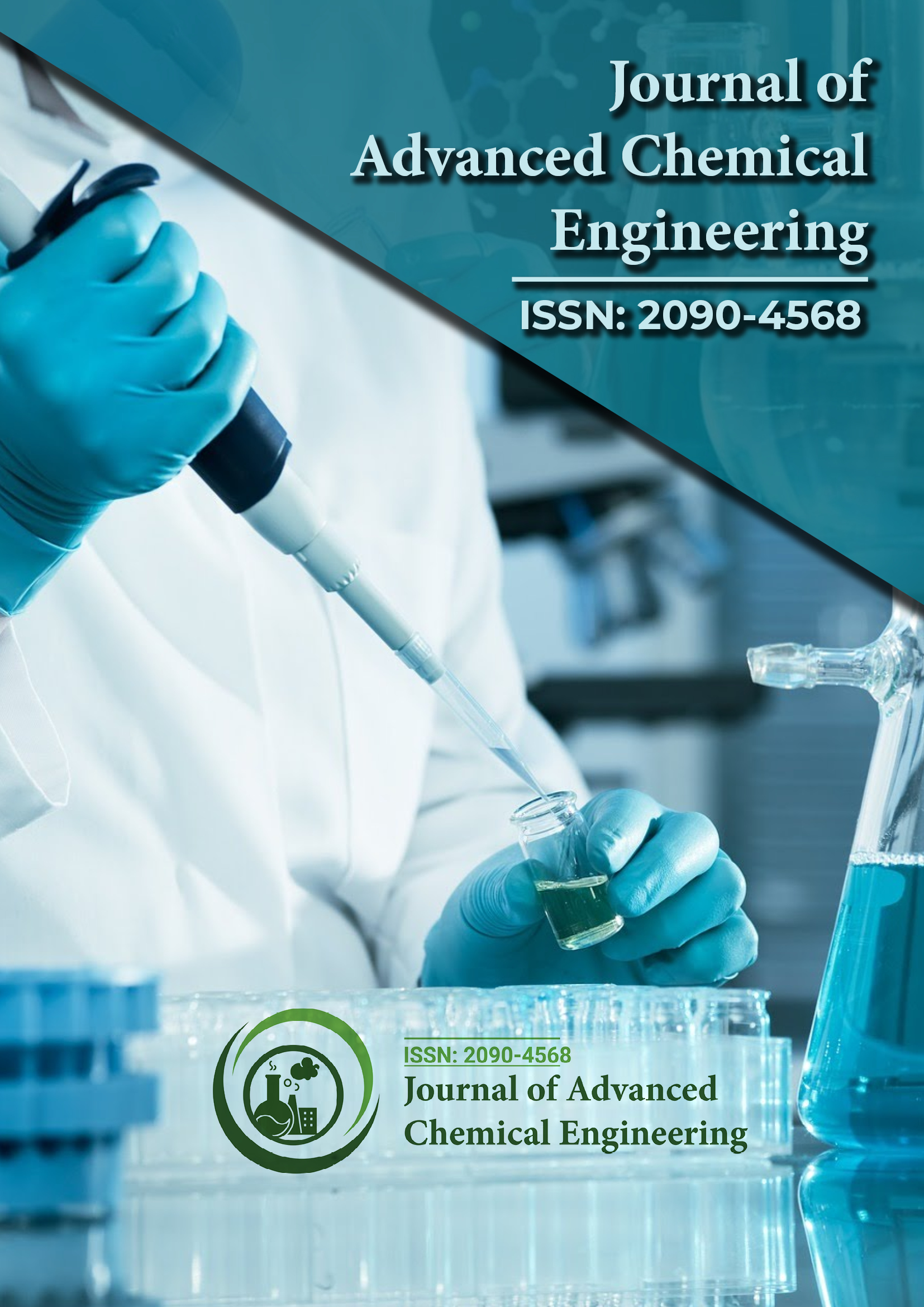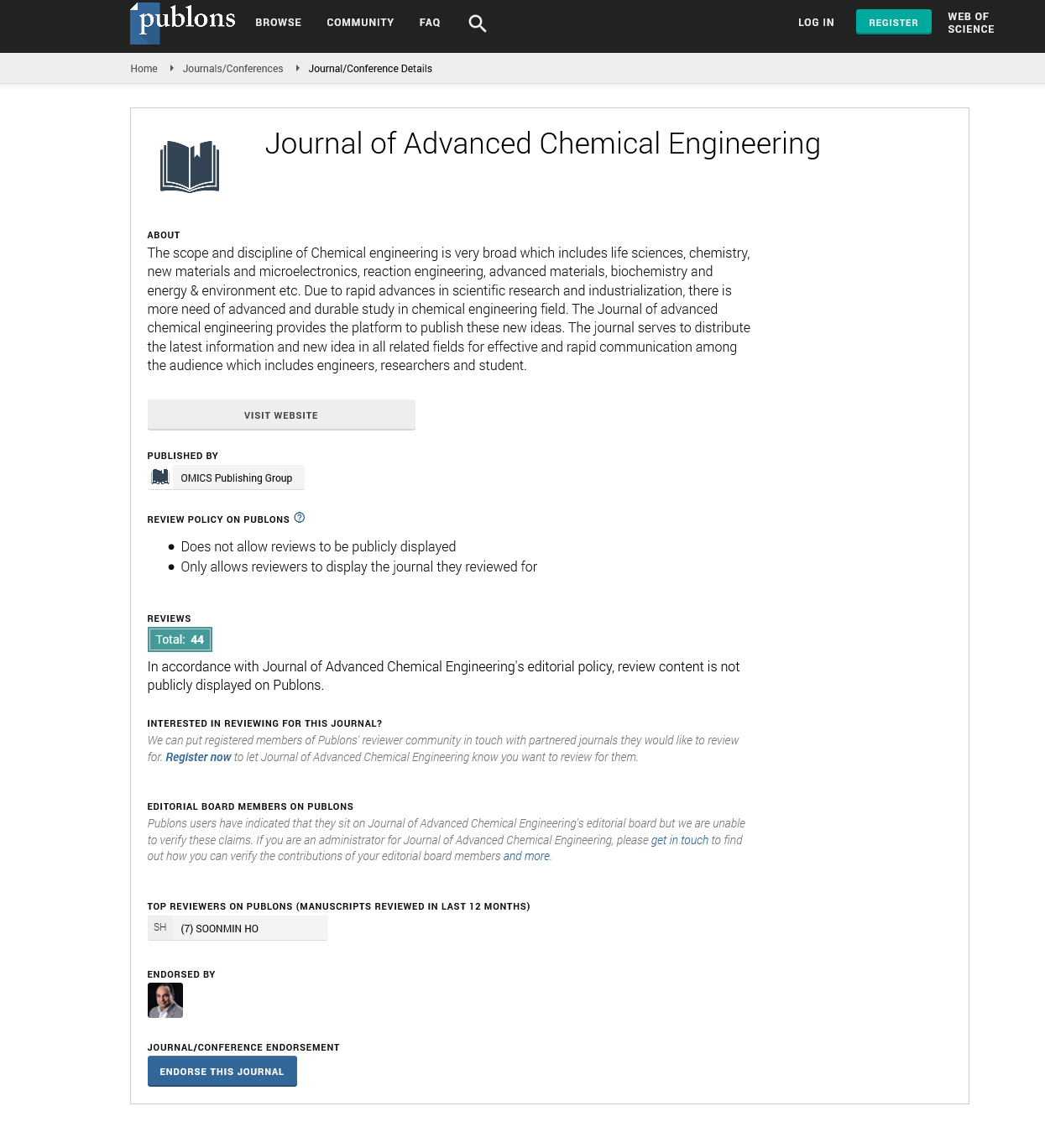Indexed In
- Open J Gate
- Genamics JournalSeek
- Smithers Rapra
- RefSeek
- Directory of Research Journal Indexing (DRJI)
- Hamdard University
- EBSCO A-Z
- OCLC- WorldCat
- Scholarsteer
- Publons
- Geneva Foundation for Medical Education and Research
- Google Scholar
Useful Links
Share This Page
Journal Flyer

Open Access Journals
- Agri and Aquaculture
- Biochemistry
- Bioinformatics & Systems Biology
- Business & Management
- Chemistry
- Clinical Sciences
- Engineering
- Food & Nutrition
- General Science
- Genetics & Molecular Biology
- Immunology & Microbiology
- Medical Sciences
- Neuroscience & Psychology
- Nursing & Health Care
- Pharmaceutical Sciences
Shape memory phenomena and crystallographic basis of reversibility in shape memory alloys
Joint Event 19th European Organic Chemistry Congress 10th International Conference on Physical and Theoretical Chemistry
November 07, 2023 | Webinar
Osman Adiguzel
Firat University, Turkey
Scientific Tracks Abstracts: J Adv Chem Eng
Abstract:
Shape memory effect is a peculiar property exhibited a series of alloy system called shape memory alloys, which have dual characteristics called thermoelasticity and superelasticity, from viewpoint of memory behavior. These alloys take place in class of advanced novel materials with these properties and response to the external conditions. Shape memory effect is initiated with thermomechanical processes, on cooling and deformation, and performed on heating and cooling, with which shape of the materials cycles between original and deformed shapes in reversible way. Therefore, this behavior can be called thermoelasticity. This phenomenon is governed by two successive crystallographic transformations, thermal and stress induced martensitic transformations. Thermal induced martensitic transformation occurs along with lattice twinning and ordered parent phase structures turn into multivariant twinned martensite structures in self-accommodating manner, and twinned martensite structures turn into detwinned martensite by means of stress induced martensitic transformation on stressing. Thermal induced martensitic transformation occurs on cooling, with cooperative movement of atoms in <110 > -type directions on the {110} - type planes of austenite matrix, along with lattice twinning and ordered parent phase structures turn into twinned martensite structures. The twinned structures turn into detwinned structures by means of stress induced transformation by stressing the material in the martensitic condition. Martensitic transformations are diffusionless transformations, and movements of atoms are confined into neighbor atom distances. Shape memory alloys exhibit another property called superelasticity. This behavior is performed in mechanical manner with stressing and releasing the material in elasticity limit at a constant temperature in parent phase region, and shape recovery occurs instantly and simultaneously releasing, by exhibiting elastic material behavior. Superelasticity is performed in non-linear way; stressing and releasing paths are different in the stress-strain diagram, and hysteresis loop refers to energy dissipation. The strain energy is stored after releasing, and these alloys are mainly used as deformation absorbent materials in control of civil structures subjected to seismic events, due to the absorbance of strain energy during any disaster or earthquake. Copper based alloys exhibit this property in metastable β-phase region. Lattice twinning is not uniform in these alloys and cause to the formation of the complex layered structures with martensitic transformation, like 3R, 9R or 18R depending on the stacking sequences on the close-packed planes of the ordered lattice. In the present contribution, x-ray diffraction and transmission electron microscopy (TEM) and differential scanning calorimetry (DSC) studies were carried out on copper based CuZnAl and CuAlMn alloys. X-ray diffractograms taken in a long-time interval show that locations and intensities of diffraction peaks change with the aging time at room temperature, and this result refers to the rearrangement of atoms in diffusive manner. Keywords: Shape memory effect, martensitic transformation, thermoelasticity, superelasticity, twinning, detwinning.
Biography :
Osman Adiguzel graduated from Department of Physics, Ankara University, Turkey in 1974 and received PhD- degree from Dicle University, Diyarbakir-Turkey. He has studied at Surrey University, Guildford, UK, as a post-doctoral research scientist in 1986-1987, and studied on shape memory alloys. He worked as research assistant, 1975-80, at Dicle University and shifted to Firat University, Elazig, Turkey in 1980. He became a professor in 1996, and he has been retired on November 28, 2019, due to the age limit of 67, following academic life of 45 years. He published over 80 papers in international and national journals; He joined over 120 conferences and symposia in international and national level as participant, invited speaker or keynote speaker with contributions of oral or poster. He served the program chair or conference chair/co-chair in some of these activities. In particular, he joined in last six years (2014 - 2019) over 60 conferences as Keynote Speaker and Conference Co-Chair organized by different companies. Also, he joined over 120 online conferences in the same way in pandemic period of 2020-2022

